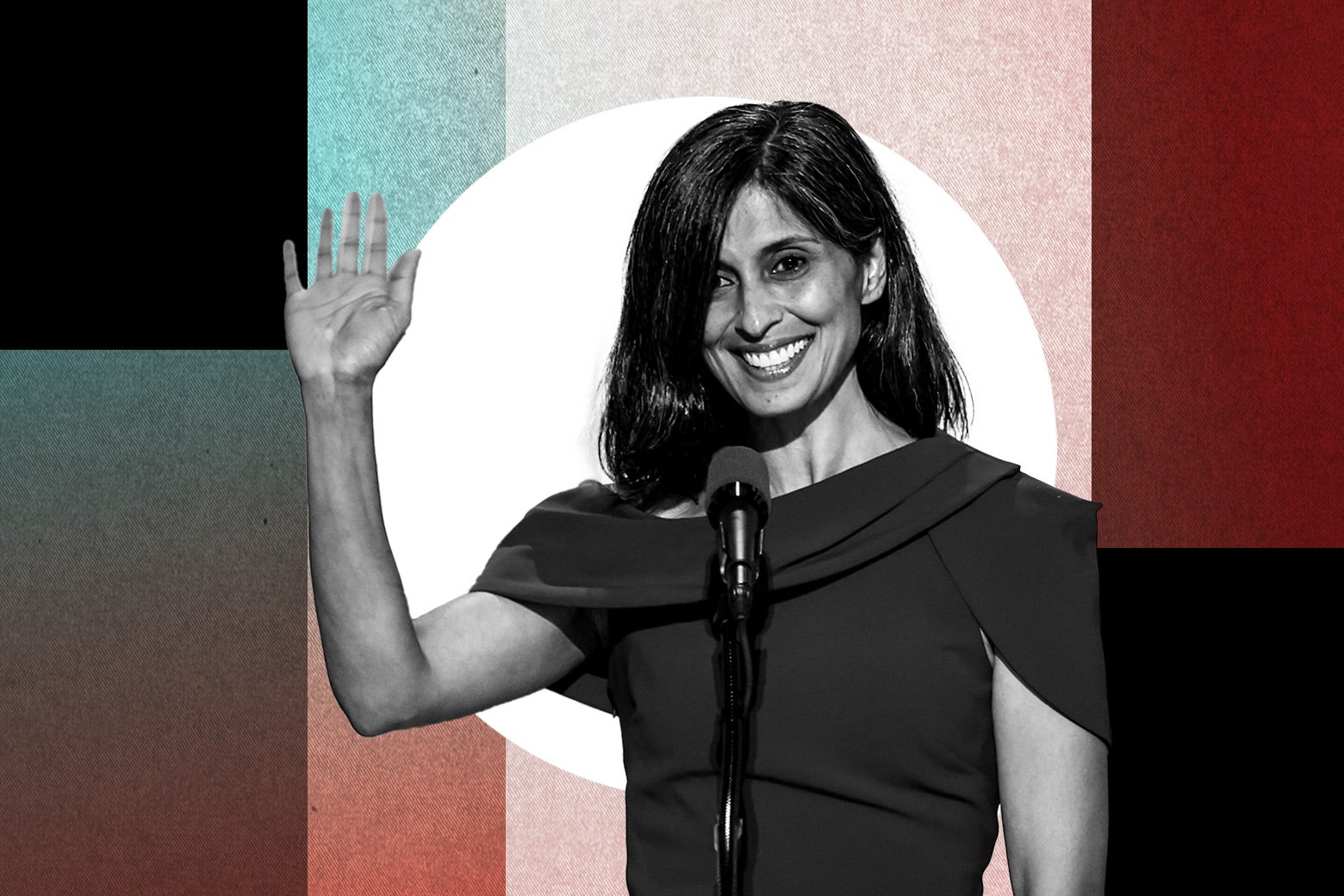J.D. Vance's Rise: Usha Breaks Barriers
Usha Vance becomes the first Hindu and American of East Indian descent to hold the position of Second Lady, sparking discussions about identity politics and representation in the US government, as she navigates her role as a woman of color in a party often criticized for its racist agenda.

In a historic move, J.D. Vance, a Republican senator from Ohio, has been appointed to a key position in the administration, with his wife Usha set to become the first Hindu and American of East Indian descent to hold the position of Second Lady, sparking discussions about identity politics and the role of women of color in the party.
As Usha, a Telegu Brahmin and former civil litigation lawyer, prepares to take on her new role, there is a growing interest in her background and how she will navigate the complexities of being a woman of color in a party often criticized for its racist agenda. With her experience clerking for Brett Kavanaugh and her education at prestigious institutions like Cambridge and Yale University, Usha is poised to bring a unique perspective to the position. Her family's roots in Vadluru village in the West Godavari district of Andhra Pradesh, India, have also been highlighted, with her grandaunt, Professor C Santhamma, congratulating the couple on their achievements.
The upcoming inauguration has also sparked humor and speculation about the potential interactions between Usha and former First Lady Melania, with some comparing their future encounters to a reality TV show. Meanwhile, J.D. Vance's appointment as the 50th Vice President and Usha's new role have been marked by discussions about the role of identity politics and the tension between being a woman of color and supporting a party with a racist agenda. As the couple prepares to occupy important positions in the US government, all eyes will be on Usha as she breaks barriers and paves the way for future generations of women from diverse backgrounds.
As the nation looks forward to the inauguration and the new administration, Usha's appointment as Second Lady is a significant milestone, marking a new era of diversity and representation in the US government. With her unique background and experience, Usha is set to bring a fresh perspective to the role, and her legacy will undoubtedly be one of breaking barriers and challenging stereotypes.